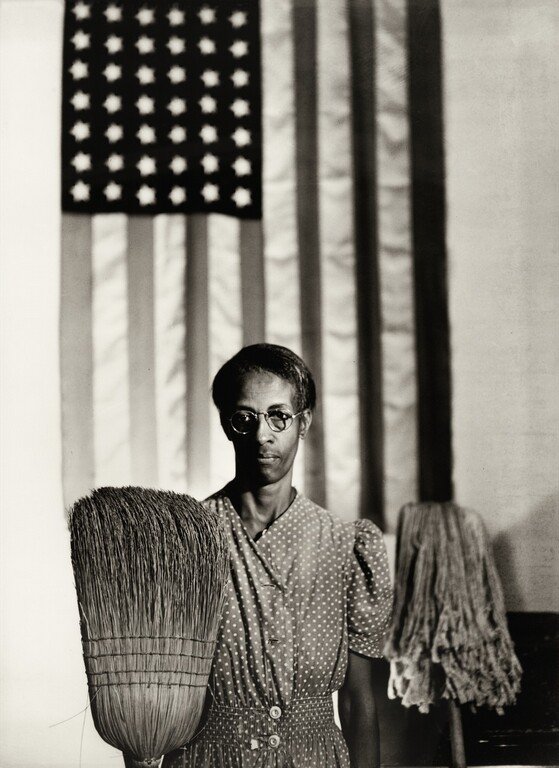If we are to remain socially distant in the coming months of the pandemic—and nearly every reputable health expert says we should—at least 21st century technology has prepared us for life lived in isolation. If we insist on going out, we may see a 20th century innovation become even more popular. The drive-in theater has returned as a safe venue for movies, concerts, and even raves, at least in Denmark, where the city of Aarhus recently staged a drive-in concert by singer-songwriter Mads Langer. “500 tickets sold out in minutes,” reports Forbes. “The following day, the stage became a drive-in cinema” showing Star Wars Episode IX.
The first in a series, the drive-in shows are part of a larger trend in Europe. Promoters in Lithuania have launched similar events outside Vilnius. And if you’re wondering what a drive-in rave looks like, wonder no more—Germany held the first of many a few days back.
Does it look like a precursor to the world of Mad Max: Fury Road? As some commenters have suggested, enough events like these around the world might be just what we need to accelerate desertification. But it’s a fun idea, with undeniably nostalgic built-in branding.
Drive-in theaters are distinctly tied to teenage romances of the 1950s and environmentally monstrous vehicles large enough for very comfortable double dates. Their origins are less romantic than the stereotype. “The first patented drive-in was opened on June 6, 1933 by Richard Hollingshead in New Jersey,” notes the New York Film Academy. “He created it as a solution for people unable to comfortably fit into smaller movie theater seats after creating a mini drive-in for his mother. Appealing to families, Hollingshead advertised his drive-in as a place where ‘The whole family is welcome, regardless of how noisy the children are.’”
Peak time at the drive-in rave in Germany pic.twitter.com/GLXStx5k63
— Mixmag (@Mixmag) May 2, 2020
It is unlikely many parents today would sit through a drive-in show with noisy children, when everyone can stay home with their own private screen. But for Matt Langer fan Signe Nygaard, a parent and former gymnast, the drive-in made a dream come true. The singer invited her onstage. “A few years ago,” she says, “I was supposed to dance at a convention where Mads Langer sang live, but I couldn’t because I was pregnant. Now I finally got the chance.” There will be feelgood stories in the pandemic, but I do hope they stayed six feet apart.
Related Content:
Free: Austin City Limits Opens Up Video Archives During COVID-19 Pandemic
Soothing, Uplifting Resources for Parents & Caregivers Stressed by the COVID-19 Crisis
Josh Jones is a writer and musician based in Durham, NC. Follow him at @jdmagness








